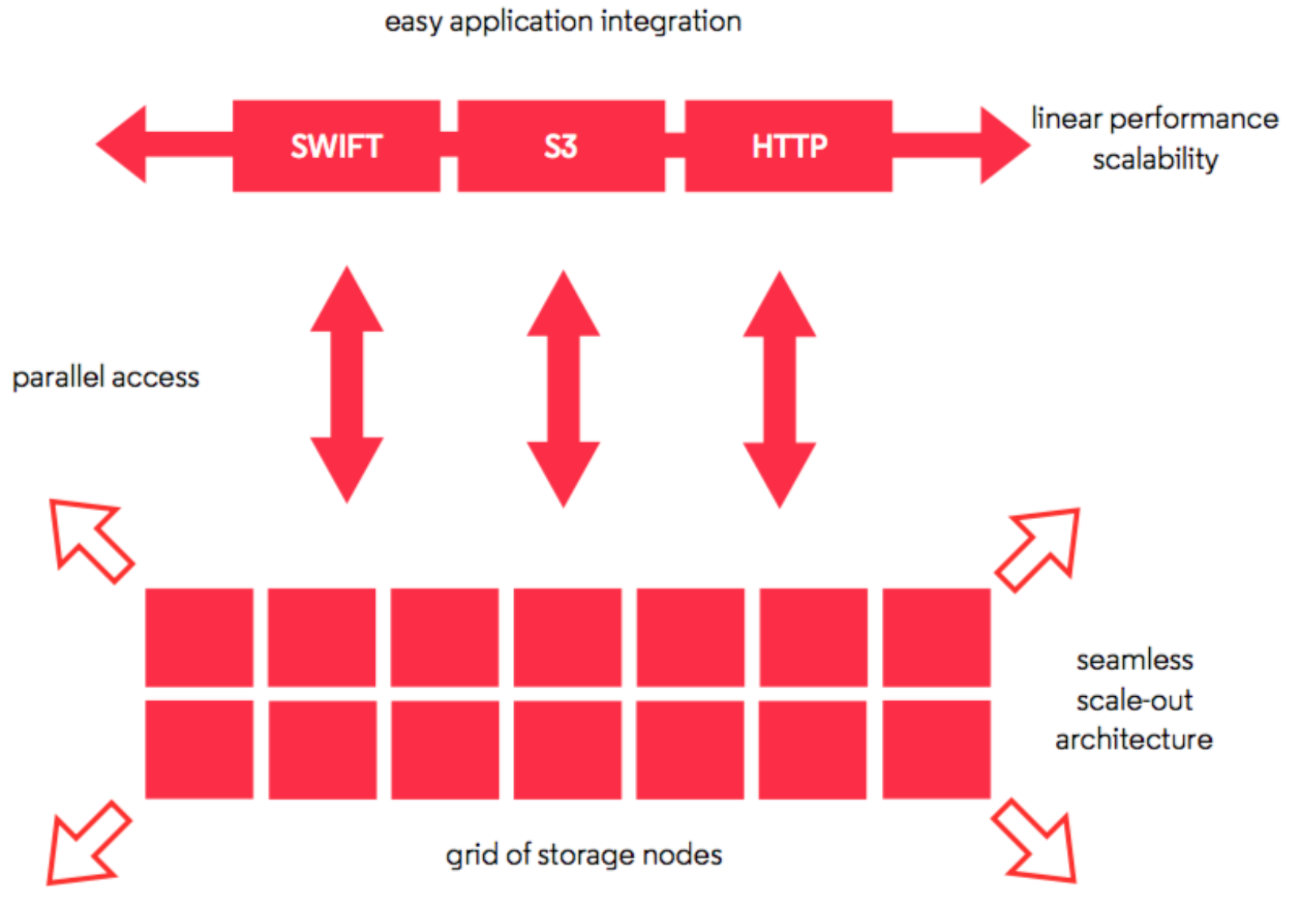Data Access

S3 API
OpenIO SDS is compatible with the Amazon® S3 API. Amazon S3 is the most common and de facto standard object storage API. With S3 you can manage objects with or without versions, or buckets of objects. Using OpenIO SDS as a backend for Amazon S3 clients, your infrastructure will take advantage of all the gateways and applications already available on the market, on premises, and with all the benefits coming from SDS, including features like the read-after-write consistency that S3 lacks.
Please check the “S3 Compliancy” of OpenIO SDS.
Openstack Swift API
OpenIO SDS is compatible with the OpenStack® Object Storage REST API. Application integration becomes easy with this standard REST protocol. This API can take advantage of many features available in OpenIO SDS withoutmajor tradeoffs.
More information at “Use the Swift API”, “Openstack Swift CLI”.
OpenIO FS
If you need to work with legacy use cases and export an OpenIO SDS account as a file system, you can use OpenIO FS. Locally mounted, you can then export it with NFS or SMB / CIFS protocols. High-availability extensions can be added on top of these protocols for best-in-class integration with a legacy filesystem architecture, while providing all the benefits of the OpenIO suite.
Please refer to “OpenIO FS Architecture” or “Configure an OpenIO Filesystem Connector” for more information.
Client SDKs
With the benefit of gateways, clients are easy to write. They all make use of the gateway layer and only have to efficiently manage data streams. Currently, C, Python, and Java implementations are available.
These clients are considered “low-level,” since they are also involved in data placement and are close to the remote services. Technically, they require access to the whole grid of nodes; they are a part of it. Another option is to deploy a REST gateway to access data from the outside, such as our implementation of Amazon® S3 or OpenStack® SWIFT.